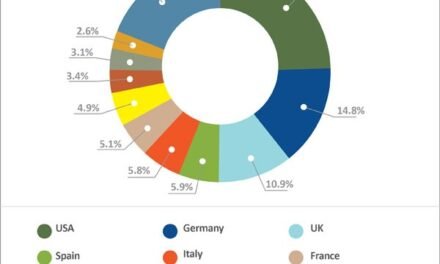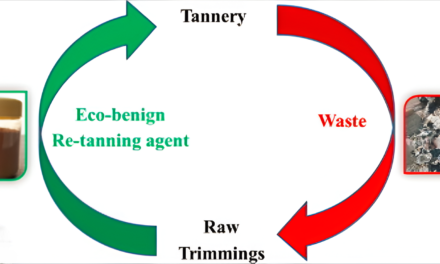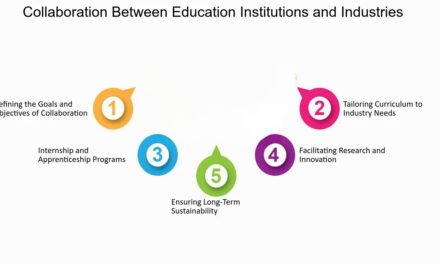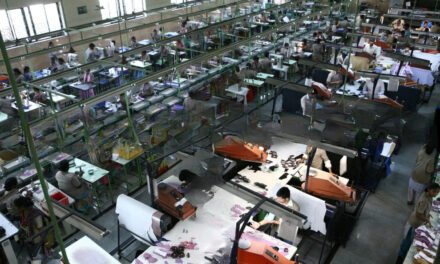Determining whether a leather jacket is ethically sourced involves evaluating several factors related to the production process, including the origin of the leather, environmental impacts, labor practices, and animal welfare. Here are key steps you can take to assess whether a leather jacket is ethically sourced:
1. Look for Certifications:
Ethical leather production is often recognized through various certifications that ensure responsible sourcing and sustainability. Some key certifications to look for include:
- Leather Working Group (LWG): This is one of the most recognized certifications for environmentally responsible leather production. It evaluates tanneries based on water usage, waste management, energy efficiency, and chemical safety.
- Global Organic Textile Standard (GOTS): If the leather jacket is made from organic or sustainably sourced materials, the GOTS certification ensures that the entire production process meets stringent environmental and social standards.
- Fair Trade Certified: Some leather producers obtain Fair Trade certification, which ensures that workers are paid fair wages and work in safe conditions, and that there is transparency in the supply chain.
- PETA-Approved Vegan Leather: If the jacket is made from synthetic materials or plant-based leather, check for certifications from animal rights organizations like PETA to ensure it is free from animal products.
2. Check the Brand’s Transparency:
Ethical brands are often open about their sourcing and production practices. To assess the ethical nature of a leather jacket:
- Review the brand’s website and labels: Look for information on how and where they source their leather. Ethical companies typically share details about their supply chain, sourcing policies, and commitment to sustainable and humane practices.
- Sustainability Reports: Some brands publish annual sustainability reports, which outline their environmental and social efforts, including leather sourcing and the treatment of animals.
- Brand Reputation: Brands with a strong reputation for ethical sourcing often highlight this aspect in their marketing and public communications. Look for third-party reviews, press mentions, or certifications that support their claims.
3. Inquire About Animal Welfare:
Ethical leather sourcing is closely tied to animal welfare. To ensure the leather used in a jacket is ethically sourced, ask the following:
- Where is the leather sourced from? Some countries have more stringent animal welfare standards than others. Leather from countries with strong animal protection laws (such as the EU or some regions of the U.S.) may have higher ethical standards.
- Is the leather a byproduct of the food industry? Leather can be a byproduct of the meat industry, where animals are raised for food and leather is a secondary product. Ethical brands may source leather only from animals that are primarily raised for food, ensuring the leather is not the primary reason for the animal’s life.
- Is the brand involved in any animal rights organizations? Brands that are concerned with animal welfare may participate in organizations or certifications, like the Responsible Wool Standard (RWS), which focuses on ethical practices related to animal farming.
4. Look for Sustainable and Eco-Friendly Practices:
Ethical leather sourcing often includes sustainable practices to minimize environmental impact. Here’s what to check for:
- Tanning Process: Traditional leather tanning involves chemicals like chromium, which can be harmful to the environment. Look for brands that use vegetable tanning (using plant-based materials) or chrome-free tanning to reduce environmental damage.
- Eco-Friendly Dyes and Finishes: Some brands use non-toxic dyes and finishes that are safer for the environment and the workers handling the materials.
- Recycling and Upcycling: Ethical leather brands may use recycled leather or upcycled materials, reducing the demand for new hides and minimizing waste.
5. Assess Labor Practices:
Ethical sourcing is not only about the environment but also about fair labor practices. To ensure the jacket is ethically sourced, consider the following:
- Fair Labor Conditions: Check if the brand ensures fair wages, safe working conditions, and no child or forced labor in their manufacturing process. Certifications like Fair Trade or Ethical Trading Initiative (ETI) can be indicators of fair labor practices.
- Worker Empowerment: Ethical brands may provide workers with training, health benefits, and the ability to unionize, ensuring better conditions for employees.
6. Consider the Use of Alternative Materials:
If you are concerned about the ethics of animal leather, you can explore jackets made from vegan leather or plant-based alternatives. These alternatives are made from materials like pineapple leaves (Piñatex), mushrooms (Mushroom leather), apple waste (Apple leather), or cork. These materials are more sustainable, animal-friendly, and often require less water and energy to produce.







